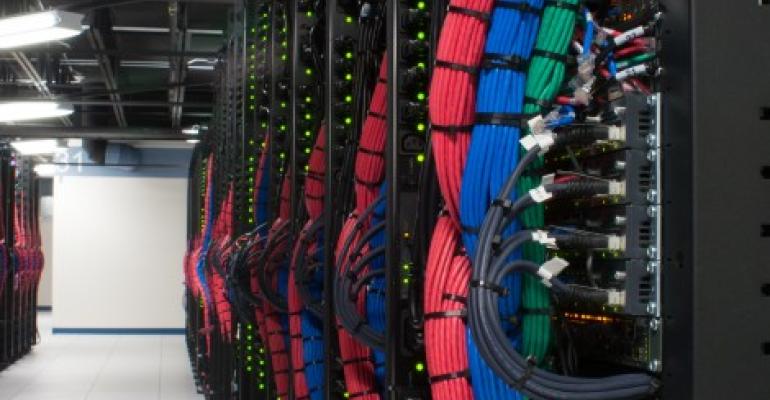The modern data center is the hub for cloud computing, virtual platforms, and of course, all types of new applications. The proliferation of BYOD and IT consumerization has placed even greater amounts of resource demands around data center platforms. Organizations and data center administrators are constantly looking for ways to create a more agile and efficient infrastructure. But where do they begin?
The ability to deliver IT service in an agile, cost-effective manner is increasingly a strategic business differentiator as the demand for IT swells and strains the current physical infrastructure management methodology. Much of the focus on flexible data centers revolves around the software application, compute, networking, and storage layers. Only after an initiative has begun are the most suitable best practices in data center infrastructure management (DCIM) considered.
This whitepaper from IDC and Nlyte discusses the trends affecting DCIM implementations and highlights the role that powerful data center control platforms play in the DCIM market.
The conversation starts here:
Delivering a highly virtualized data center has become the new management focus to gain flexibility.
Data centers now use software components that virtualize and federate data center-wide hardware resources such as storage, compute, and networking and eventually facilitate central utilization of power generation and distribution equipment. The goal is to tie together these disparate resources and make them available in the form of an integrated service — a service that is governed by policies and processes and that can be metered and measured.
What are some of the big benefits?
Creating an agile data center requires a unified, collaborative effort. This effort can result in reducing the time, cost, and risk of not only daily operations but even more strategic migrations and consolidations. Beyond the economic benefits, DCIM solutions support enterprise-wide IT goals, including the following:
- Respond quickly to end-user demands
- Gain control over the plethora of ad hoc and manual processes that plague data center management today
- Support audit and compliance initiatives
- Focus on innovation instead of maintenance
- Rationalize decisions on insourcing versus outsourcing
Download this whitepaper today to learn how a comprehensive DCIM solution can provide visibility into resources ranging from the critical facilities (power and space) to the servers/storage and even the network connections. Providing a dynamic, visual map of the physical data center and all of its layered applications with full planning and impact analysis allows IT and facilities organizations to support the management of infrastructure components and view the connectivity between components.
Critical to the success of a DCIM implementation is how well the entire organization interacts with and updates the solution to ensure the continued integrity of the system. A workflow management system that supports and proactively drives changes is important in gaining widespread use of the system and in enforcing best practices in data center management.




